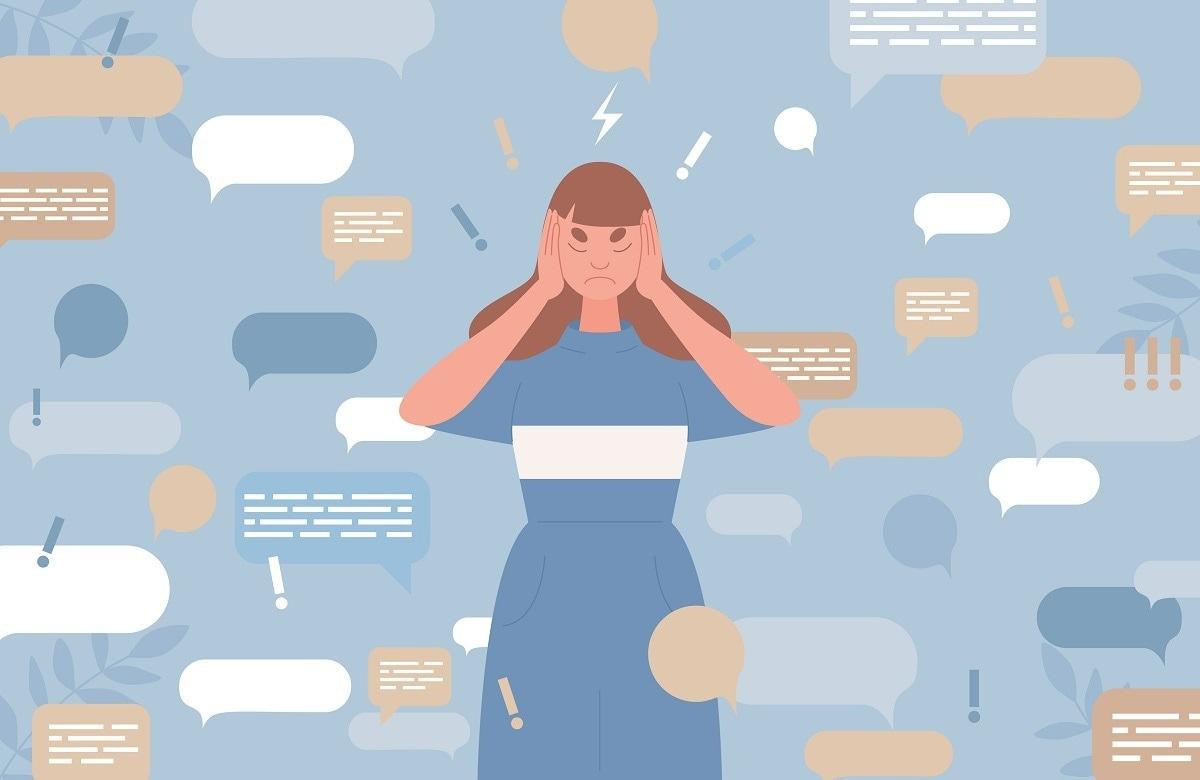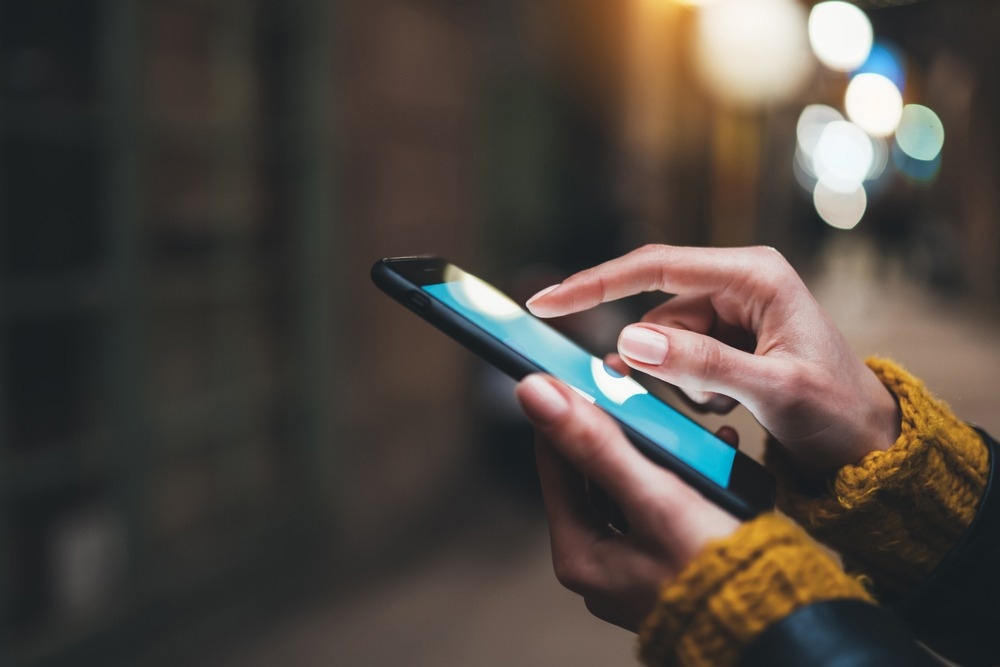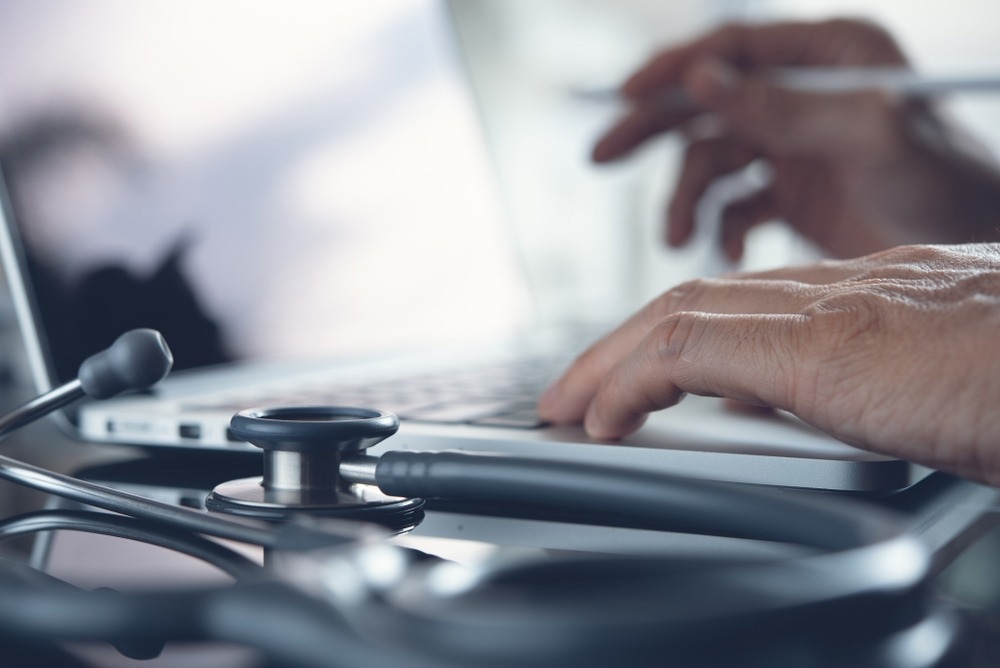The reach of social media health trends and their potential negative effects
Tactics and methods of misleading public understanding
What can be done to confront these problems in the future?
References
Further reading
The intersection of social media platforms with scientific communication remains a turbulent and complex field of positive actors and progressive change, as well as the exploitation and distribution of misinformation.

Image Credit: Pavlo Plakhotia/Shutterstock.com
Despite its complexity, it is widely agreed that social media, and by extension, its health trends, have a massive influence on public scientific understanding and subsequent individual decisions.
The reach of social media health trends and their potential negative effects
Social media has gone beyond simply connecting friends and family, acting as a staging ground for commerce, politics and a driving force in the healthcare and scientific communities. This has brought undeniable improvements, such as increasing platforms for advocacy and policy change, increased awareness of lesser-known diseases, and access to improved patient education.
Despite positive effects, these platforms also bring the unfortunate and potentially dangerous implications of allowing the average layperson to reach positions of global influence.
This can be done without the necessity of expertise in their areas of operation and advocacy, resulting in influencers and celebrities spreading false and often harmful scientific misinformation and health advice.
Such trends have been seen most recently in the coronavirus disease 2019 (COVID-19) pandemic, with fads such as inhaling steam and drinking saline to prevent or treat infection.
Within broader health and medicine, research studies have shown over 40% of selected human papilloma virus (HPV) vaccine posts, 28% of the top 150 COVID-19-related YouTube videos, and 13.05% of posts relating to breast cancer with over 1,000 shares, contained misinformation.

Image Credit: A_B_C/Shutterstock.com
Tactics and methods of misleading public understanding
Popular social media scientific and medical trends based on misinformation or pseudoscience use several key tactics to influence public understanding of medical and scientific concepts. These approaches can be used to sway at-risk populations and prevent access to more accurate public health information from trustworthy sources.
Some of the most obvious tactics are fabrication strategies. These involve blending truth with falsehood to increase difficulty in distinguishing the two, including high levels of detail to obscure questionable sources and conclusions and challenging motives of government and scientific organizations. Innate confirmation bias in human nature increases attraction by fitting these narratives into people’s personal experiences.
The use of heuristic cues works to increase the believability of misinformed popular trends by misrepresenting scientific sources to appear credible.
Additionally, emotion and fear-based cues increase anxiety and uncertainty, thus reducing factual and argument-based approaches. This fear-based control process incentivizes shortcuts in decision-making and encourages the heuristic rather than the systemic route of inquiry.
The politicization of scientific and medical topics is a tactic of misinformation distribution commonly seen in the discourse surrounding vaccines and COVID-19. Discussions are shifted from consensus-oriented dialogue to value-based arguments assigning moral values to scientific concepts.
The use of faith and ideology to justify stances reinforces out-group bias and “us vs. them” mentalities, often peppering scientific debate with racism, misogyny, and xenophobia.
What can be done to confront these problems in the future?
Often referred to as ‘immunizing the public,’ growing streams of research are examining strategies to address the threat of misinformation on a cognitive level in prophylactic and post-exposure capacities.
Increased education is often the first line of defense when public health and medical trends have detrimental effects on the public relationship with science, followed by pre-bunking, fact-checking, and de-bunking.
Increased media literacy can help sensitize the public to how information is portrayed throughout social media, how their own personal experiences and biases influence their outlook, and how to evaluate the credibility of scientific and medical claims.
Additionally, better scientific literacy education provides the public with the critical ability to recognize the hallmarks of pseudoscience better and evaluate how data may be presented on media platforms.

Image Credit: TippaPatt/Shutterstock.com
Pre-bunking represents a proactive approach to condition people to better analyze and navigate popular health trends before encountering them. Using a desire to protect oneself from manipulation and pre-exposure to misinformation, pre-bunking is posited to prevent falling prey to persuasion in a similar way that vaccination prevents serious illness when exposed to a virus.
Correction of a falsehood by fact-checking and de-bunking represent the classic approaches to combatting misinformation. These have shown promise in tackling popular scientific myths and misconceptions, such as autism intervention through diet.
However, elements such as prior beliefs and ideologies, the length of time between exposure to misinformation and debunking, and the quality of the fact-checking effort can limit the effectiveness of these approaches.
The impact of popular scientific trends on public understanding of medical concepts is vastly complex and nuanced. Lacking a single solution, the best approaches to combat these negative situations are suggested to be a combination of improved media and scientific education, pre-exposure prophylaxis, and post-exposure fact-checking.
Improvements in these areas offer hopeful solutions to improve the relationship of the public with popular science in the media.
References
- Brown, Z., Tiggemann, M. (2022). Celebrity Influence on Body Image and Eating Disorders: A Review. Journal of Health Psychology, 5(27), pp. 1233-1251. doi: 10.1177/135910532098831
- Jenkins, E.L. et al. (2020). Assessing the Credibility and Authenticity of Social Media Content for Applications in Health Communication: Scoping review. Journal of Medical Internet Research, 7(22), pp. e17296. doi: 10.2196/17296
- Kemei, J. et al. (2022). A Scoping Review of COVID-19 Online Mis/Disinformation in Black Communities. Journal of Global Health, (12). doi: 10.7189/jogh.12.05026
- Peng, W., Lim, S., Meng, J. (2022). Persuasive Strategies in Online Health Misinformation: a Systemic Review. Information, Communication and Society. doi: 10.1080/1369118X.2022.2085615
- Van der Linden, S. (2022). Misinformation: Susceptibility, Spread, and Interventions to Immunize the Public. Nature Medicine, 3(28), pp.460-467. doi: 10.1038/s41591-022-01713-6
Last Updated: Apr 12, 2023